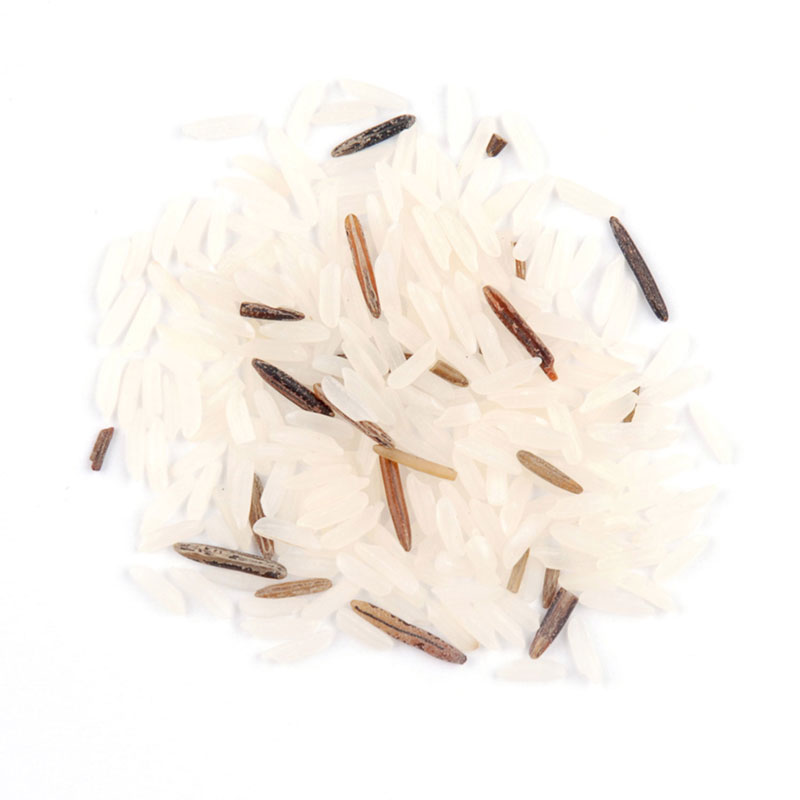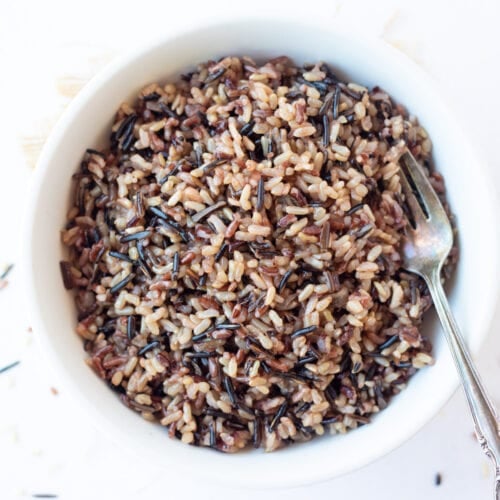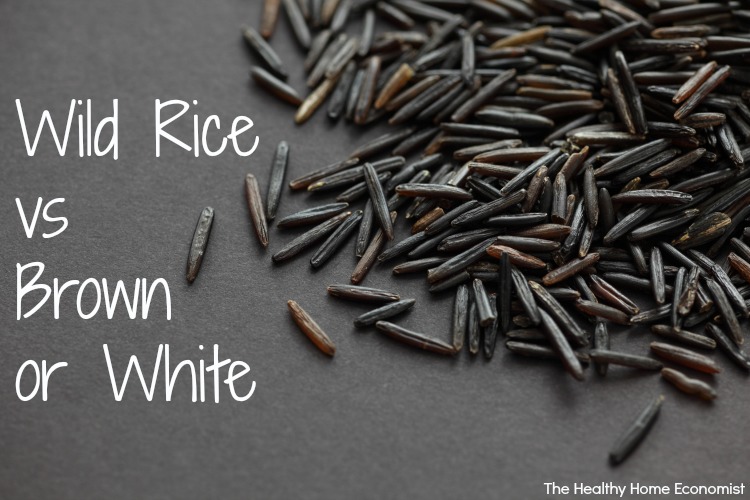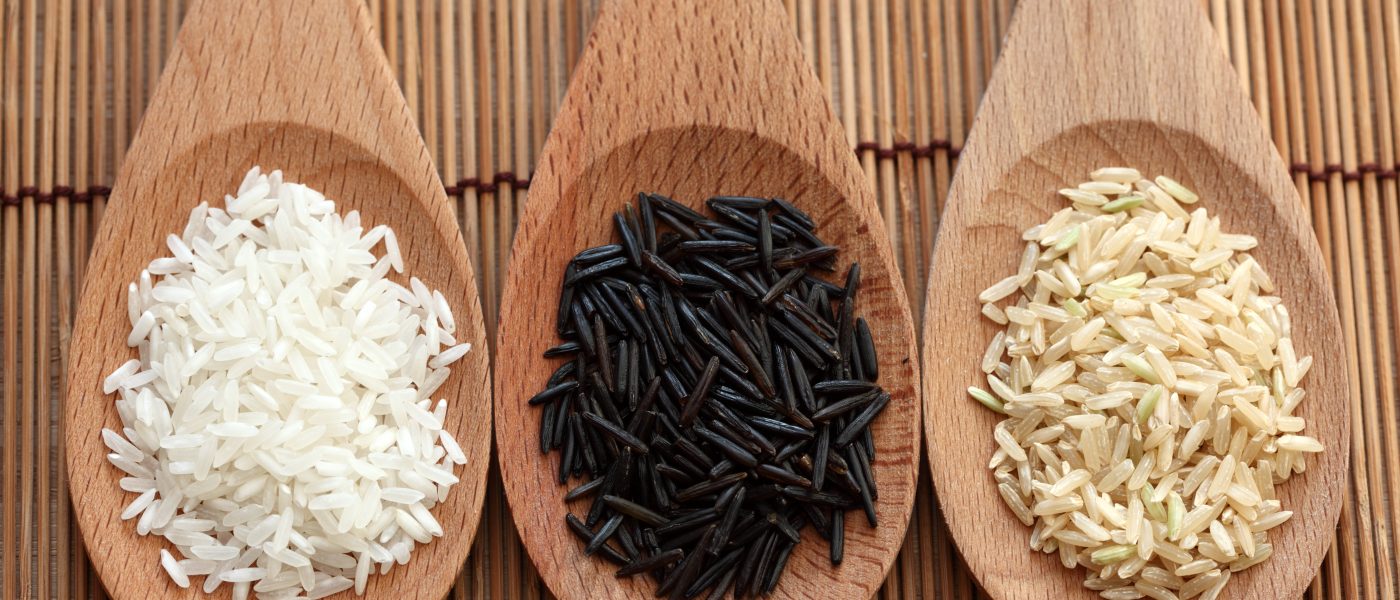White Rice Overview

White Rice is a versatile grain that is widely consumed around the world. It is a processed form of rice where the outer husk, bran, and germ are removed, leaving behind the endosperm. This results in a white appearance and a softer texture when cooked. White rice is a staple in many cuisines and is easy to cook and incorporate into various dishes. It is highly versatile and pairs well with a wide range of ingredients. Despite its popularity, it lacks certain nutrients and fiber compared to its wild rice counterpart.
White Rice Nutrition And Processing
White rice is a processed form of rice where the outer husk, bran, and germ are removed, leaving behind the endosperm. This process results in a white appearance and a softer texture when cooked. However, the removal of the bran and germ also reduces the nutritional content of white rice. It is low in fiber, vitamins, and minerals compared to other types of rice, such as wild rice. Despite its lower nutrient profile, white rice is still a popular choice due to its versatility and ease of cooking.
White Rice Cooking Methods
White rice can be cooked using various methods, depending on the desired texture and flavor. The most common method is the absorption method, where the rice is simmered in water or broth until all the liquid is absorbed. This results in fluffy and separate grains. Another popular method is the pilaf method, where the rice is first briefly sautéed in oil or butter before adding the liquid. This method adds a subtle nutty flavor to the rice. Additionally, white rice can also be cooked in a rice cooker or using the instant pot for convenience.
Wild Rice Overview

Wild rice is a unique and distinctive grain that stands out from traditional white rice. Unlike white rice, which is a processed grain, wild rice is a natural whole grain. It is not actually rice, but rather the seeds of a grass species. Wild rice has been consumed for centuries by Native American tribes and is known for its nutty flavor and chewy texture. It is also packed with essential nutrients and has a higher protein content compared to white rice. With its rich history and incredible nutritional profile, wild rice is a versatile and nutritious addition to any meal.
Wild Rice Origin And Nutrition
Wild rice, despite its name, is not actually rice but the seeds of a type of grass. It has been consumed for centuries by Native American tribes, who originally harvested it from the wild. This unique grain is known for its nutty flavor and chewy texture. In terms of nutrition, wild rice is a powerhouse. It is high in protein, containing over 12% protein, making it a great option for vegetarians or those looking to increase their protein intake. It is also high in complex carbohydrates and fiber, while being low in sodium. With its rich nutritional profile, wild rice is a healthy and delicious choice.
Wild Rice Culinary Uses
Wild rice is a versatile ingredient that can be used in a variety of culinary dishes. Its nutty flavor and chewy texture make it an excellent addition to salads, soups, and pilafs. It can also be used as a stuffing for vegetables or as a base for grain bowls. Native American tribes have been using wild rice in traditional dishes for centuries. Its unique taste and nutritional profile make it a popular choice for health-conscious consumers and those looking to add variety to their meals. Whether used as a side dish or the star ingredient, wild rice adds depth and complexity to any recipe.
White Rice Vs Wild Rice: Nutritional Comparison

When comparing the nutritional profiles of white rice and wild rice, wild rice emerges as the healthier option. Wild rice has fewer calories, less fat, and fewer carbohydrates compared to white rice. It is also a complete protein, containing all nine essential amino acids. In contrast, white rice is more processed and stripped of its bran and germ, resulting in a loss of essential nutrients. Wild rice is rich in fiber, vitamins, and minerals, making it a more nutrient-dense choice. Incorporating wild rice into your diet can provide you with a range of health benefits.
Calories And Macronutrients In White Rice Vs Wild Rice
White rice and wild rice differ in their calorie and macronutrient content. White rice is higher in calories, with 130 calories per 100 grams compared to wild rice’s 101 calories. In terms of macronutrients, white rice contains more carbohydrates, with 28.7 grams per 100 grams, while wild rice has 21.3 grams. Wild rice is lower in fat, with only 0.6 grams per 100 grams, compared to white rice’s 0.3 grams. These differences in calorie and macronutrient content make wild rice a healthier and more nutrient-dense option.
Vitamins And Minerals Comparison
When comparing the vitamins and minerals in white rice and wild rice, it is clear that wild rice offers a more diverse range of nutrients. Wild rice contains higher levels of riboflavin and vitamin B6 compared to white rice. These vitamins play essential roles in energy metabolism and brain function. Additionally, wild rice is a good source of minerals such as magnesium and phosphorus, which are important for bone health. While white rice does provide some vitamins and minerals, the nutrient profile of wild rice makes it a more nutritious choice overall.
White Rice Vs Wild Rice: Health Benefits

When comparing the health benefits of white rice and wild rice, it becomes evident that wild rice has the upper hand. While white rice lacks significant nutritional value, wild rice is rich in dietary fiber, protein, and antioxidants. The high fiber content in wild rice promotes digestion and helps maintain a healthy weight. It also aids in reducing the risk of heart disease and type 2 diabetes. Furthermore, the antioxidants present in wild rice protect the body against oxidative stress and inflammation. Therefore, incorporating wild rice into your diet can provide several health benefits compared to white rice.
Fiber Content And Benefits Of White Rice Vs Wild Rice
When it comes to fiber content, wild rice wins over white rice. Wild rice is rich in dietary fiber, which is crucial for a healthy digestive system and maintaining regular bowel movements. On the other hand, white rice is significantly lower in fiber, which may lead to digestive issues and a higher risk of constipation. Consuming sufficient fiber is also essential for weight management, as it promotes a feeling of fullness and helps control cravings. Additionally, a high-fiber diet is associated with a reduced risk of heart disease, type 2 diabetes, and certain types of cancer. Therefore, choosing wild rice over white rice can provide numerous health benefits.
Antioxidants And Phytonutrients In Wild Rice
Wild rice is rich in antioxidants and phytonutrients, making it a powerful addition to a healthy diet. These compounds play a crucial role in protecting our cells from damage caused by free radicals, which can lead to various health conditions, including cancer and heart disease. Wild rice contains antioxidants like alpha lipoic acid, which has been shown to have potent antioxidant activity. Additionally, wild rice is a good source of phytonutrients, which are plant compounds that have been linked to numerous health benefits, such as reducing inflammation and supporting overall wellbeing. Including wild rice in your diet can provide you with these beneficial antioxidants and phytonutrients.
White Rice Vs Wild Rice: Culinary Uses

White Rice vs Wild Rice: Culinary Uses
White rice is a versatile ingredient that is widely used in various cuisines around the world. Its neutral flavor and soft texture make it a perfect base for dishes like stir-fries, sushi, and pilafs. It can also be used to make rice pudding or as a filling in stuffed vegetables.
On the other hand, wild rice has a nutty flavor and a chewy texture, which adds a unique taste and mouthfeel to dishes. It is commonly used in salads, soups, and side dishes. It can also be cooked and served as a standalone grain dish.
Both white rice and wild rice offer a wide range of culinary possibilities, allowing chefs and home cooks to explore different flavors and create delicious meals.
White Rice In Different Cuisines
White rice is a versatile ingredient found in various cuisines around the world. In Asian cuisine, it is the staple grain and is commonly served alongside dishes such as stir-fried vegetables, curries, and sushi. In Latin American cuisine, white rice is often cooked with aromatic spices to create flavorful rice dishes like arroz con pollo. In Mediterranean cuisine, it is used as a base for pilafs and is sometimes stuffed into vegetables. Additionally, white rice is also used in Caribbean cuisine, where it is cooked with coconut milk to add a rich and creamy element to dishes. Its neutral flavor and soft texture make it a perfect accompaniment to a wide range of dishes.
Wild Rice Recipes And Pairings
Wild rice is a versatile ingredient that can be used in a variety of delicious recipes. It adds a nutty and earthy flavor to dishes and pairs well with various ingredients. One popular recipe is a wild rice salad, which combines cooked wild rice with fresh vegetables, herbs, and a tangy dressing. Another option is to use wild rice in stuffed vegetables, such as stuffed peppers or mushrooms. It can also be used in soups and stews, adding texture and depth to the dish. For a unique twist, try incorporating wild rice into grain bowls or using it as a filling for savory crepes. The possibilities are endless when it comes to incorporating wild rice into your culinary creations.
Conclusion
https://www.youtube.com/watch?v=_cc0b3QPoGw&pp=ygUrV2hpdGUgUmljZSB2cyBXaWxkIFJpY2U6IENvbnRyYXN0aW5nIEdyYWlucw%3D%3D

In conclusion, white rice and wild rice are two contrasting grains with distinct characteristics. White rice, although less nutritious, is widely consumed and versatile in various cuisines. On the other hand, wild rice offers higher fiber content and a unique nutty flavor, making it a healthier choice. Ultimately, the choice between white rice and wild rice depends on personal preferences, dietary needs, and culinary preferences. Whether you prefer the simplicity of white rice or the earthy taste of wild rice, both options can be incorporated into a well-balanced and delicious meal.
Choosing Between White Rice And Wild Rice
When it comes to choosing between white rice and wild rice, there are a few factors to consider. Firstly, if you prefer a milder taste and a softer texture, white rice may be the better option for you. It is also more versatile and commonly used in various cuisines. On the other hand, if you are looking for a healthier option with higher fiber content and a nutty flavor, wild rice is a great choice. Ultimately, the decision depends on your personal preferences, dietary needs, and the culinary experience you desire.
FAQ About White Rice Vs Wild Rice: Contrasting Grains
Q: What are the main differences between white rice and wild rice?
A: White rice is a refined grain that has been stripped of its bran and germ layers, while wild rice is a whole grain that retains all its layers. White rice is softer and more tender, while wild rice has a chewier texture and nuttier flavor.
Q: Which type of rice is healthier, white rice or wild rice?
A: Wild rice is generally considered healthier than white rice because it is a whole grain rich in fiber, protein, and various nutrients. White rice, on the other hand, lacks many of these nutrients due to the refining process.
Q: Can white rice be substituted for wild rice in recipes?
A: While white rice can be substituted for wild rice in some recipes, it will alter the texture and flavor of the dish. Wild rice has a distinct taste and chewy texture that is hard to replicate with white rice.
Q: Are there any cooking differences between white rice and wild rice?
A: White rice cooks much faster than wild rice since it has been processed to remove its outer layers. Wild rice requires a longer cooking time and more water to soften its tougher texture.
Q: Which type of rice is more environmentally sustainable, white rice or wild rice?
A: Wild rice is more environmentally sustainable than white rice because it is a native, naturally occurring grain that requires fewer resources to grow. White rice, often cultivated in monoculture systems, can have a higher environmental impact due to intensive farming practices.

Kostas Mediterranean is a family-owned Greek restaurant located in North Vancouver. Our passion for bringing the authentic flavors of Greece to the local community has been the driving force behind our establishment. We take pride in offering a warm and welcoming atmosphere where guests can experience the true essence of Greek hospitality. Our journey began with Kostas, whose culinary skills and love for Greek cuisine inspired the creation of the restaurant. With a desire to share his family recipes and traditions, Kostas set out to create a dining experience that captures the spirit of Greece. The result is a menu that showcases a delightful blend of traditional and modern Greek dishes prepared with the finest and freshest ingredients.